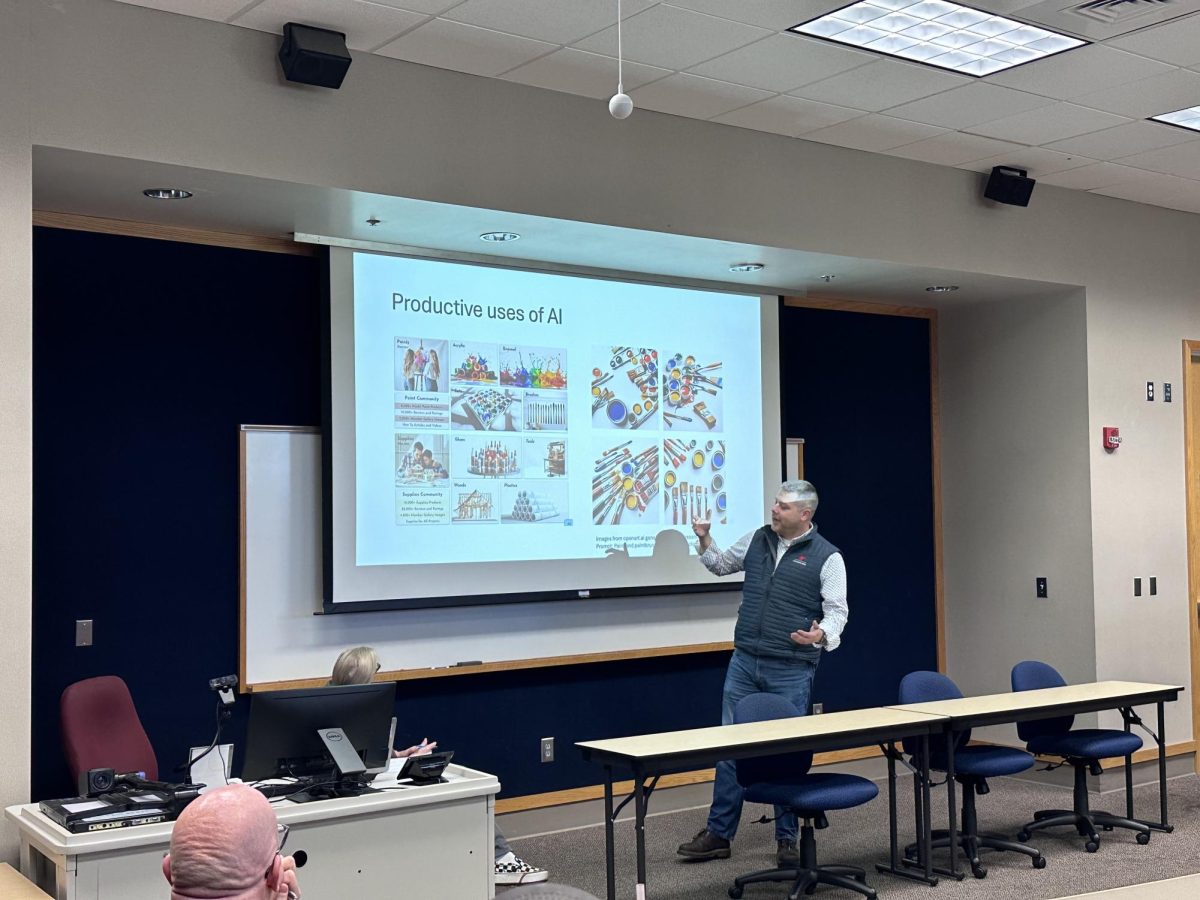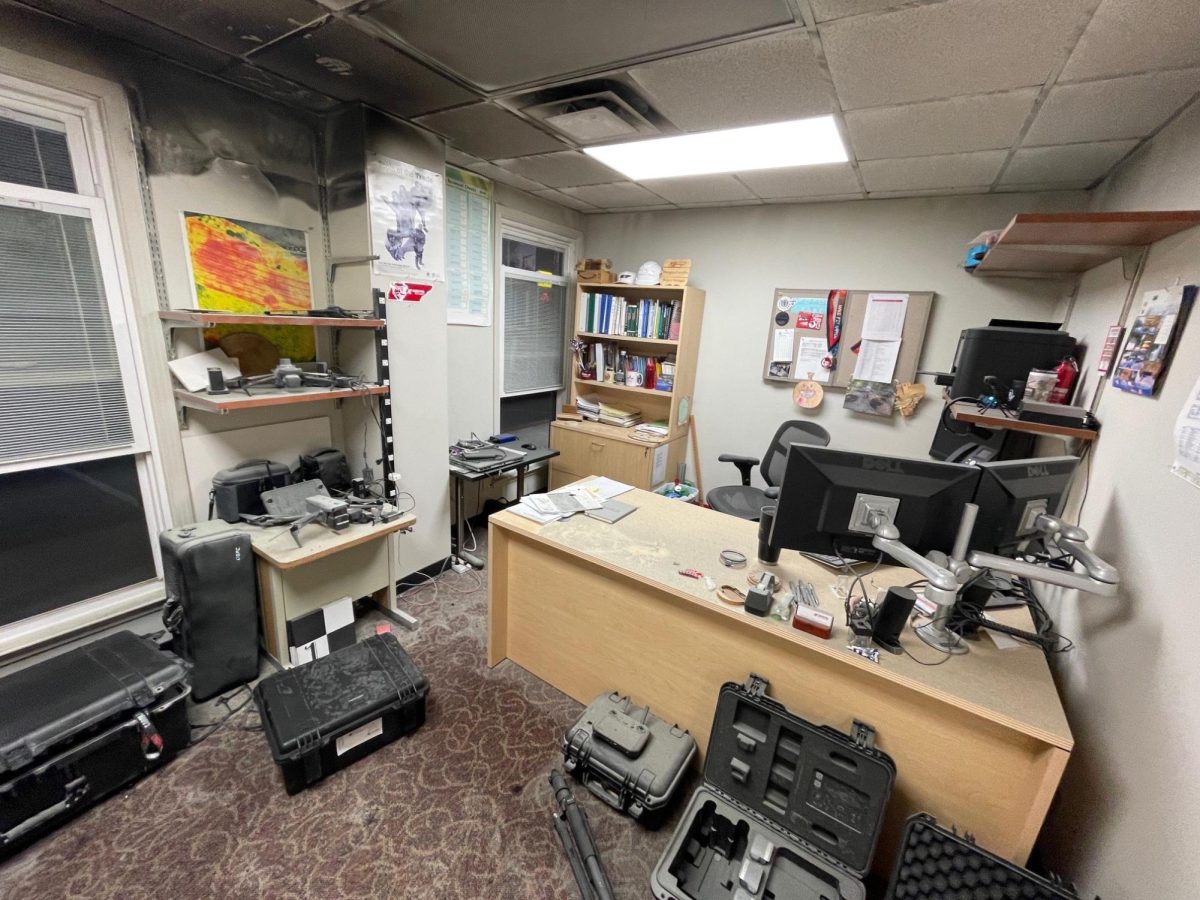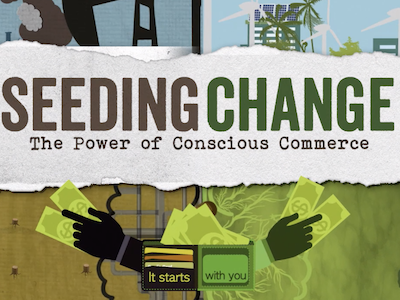Artificial Intelligence, more commonly known as AI, has rapidly developed and become a significant part of many people’s lives. While we know its presence in writing, what do we know about its presence in media and art?
On Thursday, Oct. 10, the College of Arts and Letters gave a presentation on how AI may shape the art industry in the next coming years. The talk was headed by Professor McLean Fahnestock, Chair of the Department of Arts, and Professor Rob Baron, Chair of the Department of Communication.
Professor Fahnestock and Professor Baron both discussed Austin Peay State University’s policy on AI use for assignments, particularly within the art and communications departments. They also discussed in detail how AI could be a threat to artists, particularly actors, singers and graphic designers.
Many graphic designers are concerned about the future of their careers. “Advertising executives in the professional community don’t really care about the tools or all of the work that goes into some of these designs, they want what’s effective,” said Professor Baron.
Both the professors also presented advantages to improvements in AI to graphic designers. AI through programs like Adobe Photoshop and Adobe Illustrator can be helpful in speeding up the designing process; projects that would have taken two weeks can now take one week or less.
AI has started to impact the music industry, film and video games as well. Through AI, people are now able to make “deepfakes” of people and voices, meaning an actor’s voice can be used in a film without the actor ever having to record lines. This means that voice actors and film actors are not being paid for their use of their voice and their “presence” in a film which may even put actors out of a job entirely.
While AI is still new and in progress, it has made a huge improvement in performance and intake as of the past couple of years. Only time will tell where AI will be in the next couple of years.







